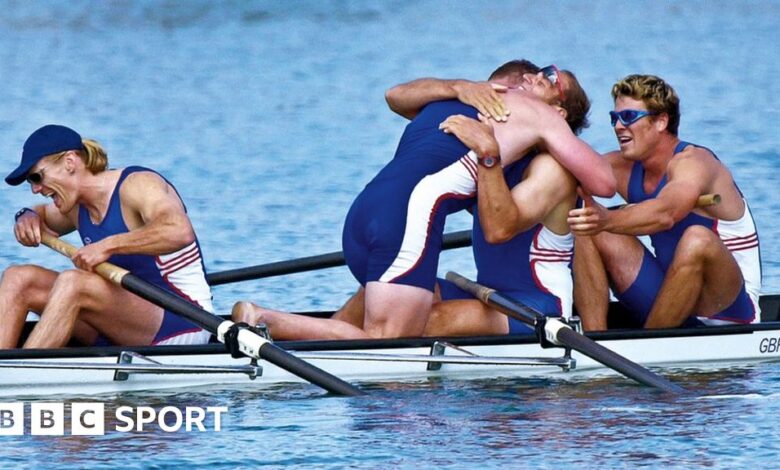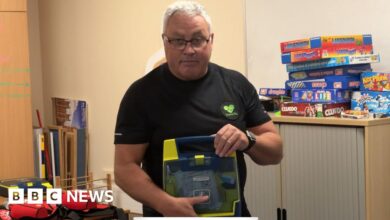How revolution at Leander Club led to British rowing success

Sir David Tanner, who was British Rowing performance director for 21 years, recalled how Leander “were ahead” of Team GB by having an established training programme and a professional coach in Grobler when he set out to form the national squad in 1996.
“If they (Leander) hadn’t done what they were doing, we would have found it much harder to kick off the national team concept, without question, but that was only men, it’s wasn’t women,” added Tanner.
Pinsent recalls how, when Grobler arrived from East Germany, he received surprising reports from fellow rowers about his approach to training.
“We used to go out (before Jurgen Grobler arrived) on Saturday and Sunday to race against one another. There was two plastic chairs that were by the showers because by Sunday lunchtime there were people who couldn’t stand up in the showers,” Pinsent said.
“But then Jurgen came along and looked at this and went ‘This is mental, what are you doing?'”
Training soon changed as Leander’s squads started training twice a day and rowed for longer distances at “really low intensity” – a stark contrast to what the athletes were used to.
But perhaps the coach’s boldest move was to change Pinsent to stroke, and move Redgrave behind him – something which the latter saw as a “slight” to begin with.
“How Jurgen sold it to him I’ve got no idea,” added Pinsent. “For me it was a big step up.
“It became evident fairly early on that the boat was going quick and so at that point that gives you confidence, and you’re thinking when it comes to a trials race… that we can do alright here, we can win.”
Source link




